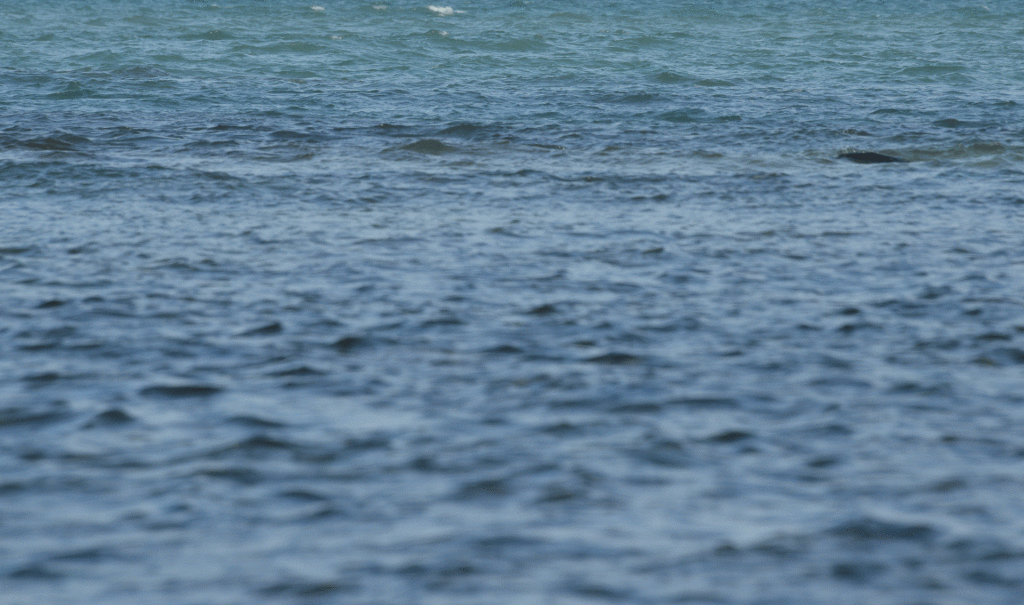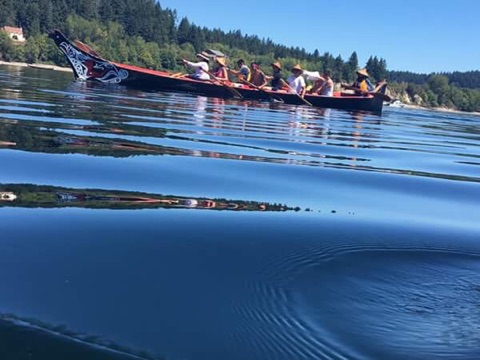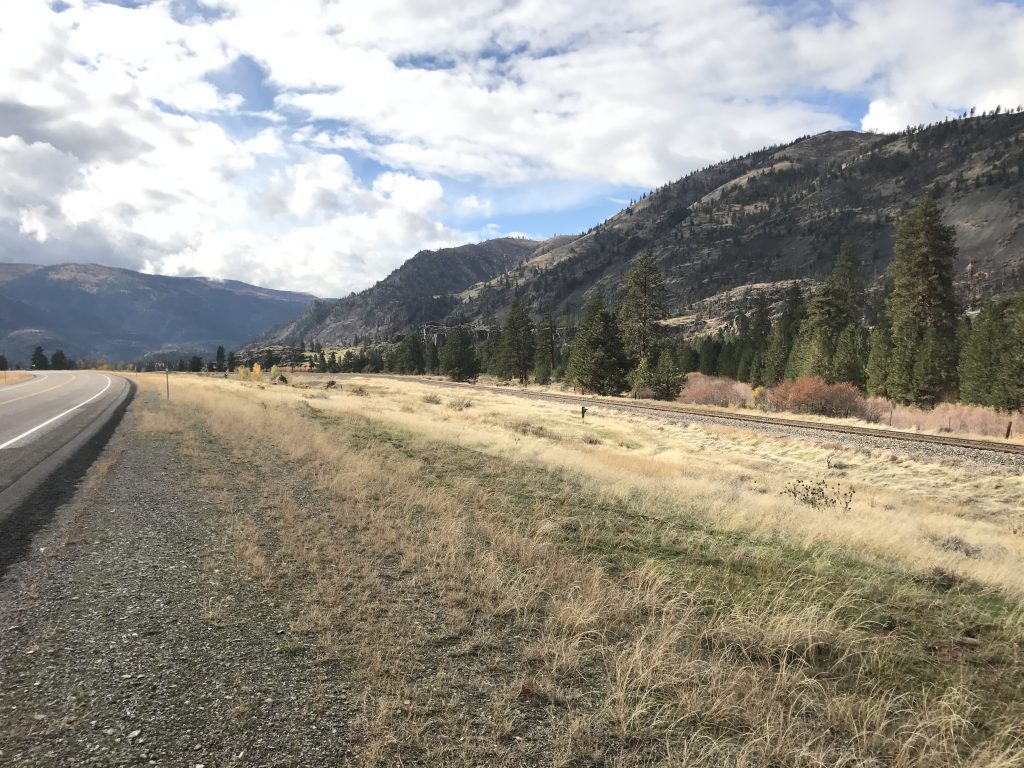News & Events
January 19, 2014
Community-Based Participatory Research: Site Visits at Five Southwestern U.S. Tribal Colleges and Universities
 The Center for Indigenous Health Research (CIHR) has several alcohol, drug and mental health (ADM) studies with Tribal College and Universities across the country. The relationships we have with these partners are vital to the success of these studies and are extremely important to us as a team. Four team members travelled to the Southwest for one week in October 2013. Maya Magarati, Leo Egashira, Glenda Breiler and Kerrie Murphy visited Southwestern Indian Polytechnic Institute in Albuquerque; the Institute of American Indian Arts in Santa Fe; Navajo Technical University (NTU) in Crownpoint, New Mexico; Diné College in Tsaile, Arizona; and Tohono O’odham Community College (TOCC) in Sells, Arizona. In addition, team members attended and presented at the Navajo Nation Human Research Review Board’s annual research conference in Window Rock, Arizona.
The Center for Indigenous Health Research (CIHR) has several alcohol, drug and mental health (ADM) studies with Tribal College and Universities across the country. The relationships we have with these partners are vital to the success of these studies and are extremely important to us as a team. Four team members travelled to the Southwest for one week in October 2013. Maya Magarati, Leo Egashira, Glenda Breiler and Kerrie Murphy visited Southwestern Indian Polytechnic Institute in Albuquerque; the Institute of American Indian Arts in Santa Fe; Navajo Technical University (NTU) in Crownpoint, New Mexico; Diné College in Tsaile, Arizona; and Tohono O’odham Community College (TOCC) in Sells, Arizona. In addition, team members attended and presented at the Navajo Nation Human Research Review Board’s annual research conference in Window Rock, Arizona.
At each TCU, we were warmly and enthusiastically greeted by faculty, staff and administrators who were rightly proud to show off their campuses, programs and students. We engaged in productive dialogue about the proposed TCU Epidemiology survey and gathered valuable feedback that will inform this and other ADM studies.
 Among the highlights of the trip were: Savoring delicious Mexican and New Mexican cuisines in Albuquerque and Santa Fe; stopping at St. Francis Cathedral in Santa Fe to view the statue of St. Kateri Tekakwitha; enjoying on-campus meals at NTU and Diné with students; listening to Navajo language radio station KTNN while driving through the vast Reservation; standing at the lip of spectacular Canyon de Chelly National Monument in the heart of the Navajo Nation; enjoying a traditional Tohono O’odham luncheon; and being given a tour of the U.S.-Mexican border, just south of TOCC. The border—secured by armed guards, night lights, and a fence of cement posts and barbed wire—divides traditional Tohono O’odham lands, and has a major effect on the local community.
Among the highlights of the trip were: Savoring delicious Mexican and New Mexican cuisines in Albuquerque and Santa Fe; stopping at St. Francis Cathedral in Santa Fe to view the statue of St. Kateri Tekakwitha; enjoying on-campus meals at NTU and Diné with students; listening to Navajo language radio station KTNN while driving through the vast Reservation; standing at the lip of spectacular Canyon de Chelly National Monument in the heart of the Navajo Nation; enjoying a traditional Tohono O’odham luncheon; and being given a tour of the U.S.-Mexican border, just south of TOCC. The border—secured by armed guards, night lights, and a fence of cement posts and barbed wire—divides traditional Tohono O’odham lands, and has a major effect on the local community.
We were honored to visit each of these campuses and to spend time with our engaging partners. Each campus has similarities but also major unique differences, which has informed our understanding of the diverse environments, challenges and potential at each of these TCUs. We are grateful and excited to continue the next phase of our studies and further develop these precious partnerships!




